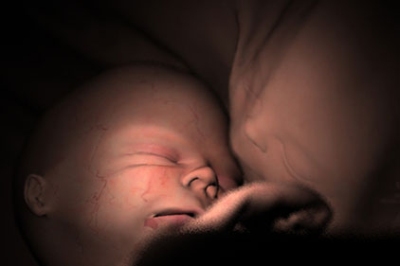You are here
In the Womb - Multiples
The "In the Womb" series on the National Geographic Channel continues this Sunday night at 8 PM eastern with "In the Womb: Multiples."
The process by which multiples develop in the womb is fraught with complications and dangers. But, it is also a fascinating world where humans first interact with their siblings before entering the world outside the uterus. "In the Womb: Multiples" follows the development of double-egg twins, sometimes called fraternals, and identical or single-egg twins. We also follow the development of triplets and a very rare set of identical quads in their quest for survival. Using revolutionary 4D scans, we witness unique footage of multiple fetuses interacting with each other before birth: reaching, touching, fighting and even engaging in game-playing that can continue after they are born. Ultimately, "In the Womb: Multiples" tells us not only about the extremes of human reproduction but the limits of human design.

Theme by Danetsoft and Danang Probo Sayekti inspired by Maksimer
Comments
re: In the Womb - Multiples
Do you know if this was filmed with real human babies in their mother's womb or simulation like the animals in the womb of the same series?
re: In the Womb - Multiples
All of the shows in this series are done with visualizations of real babies in the womb. They're not sticking an optical camera inside the womb (that would be too invasive, and it's kind of dark in there!). Instead, they do 4D ultrasound of the babies in the womb and create visualizations of those scans.In conventional digital video, visible light waves reflect off the object, are recorded by the camera's sensor, and are compiled to create a video. In the 4D ultrasound, ultrasound waves sent from multiple angles reflect off of the object, are recorded by the sensors, and are compiled to make a picture. They (typical video and 4D ultrasound) are both images of the real object, but are created with different methods. Visible light cannot pass through the mother's body, but the ultrasound can.4D ultrasound is described on Wikipedia here.